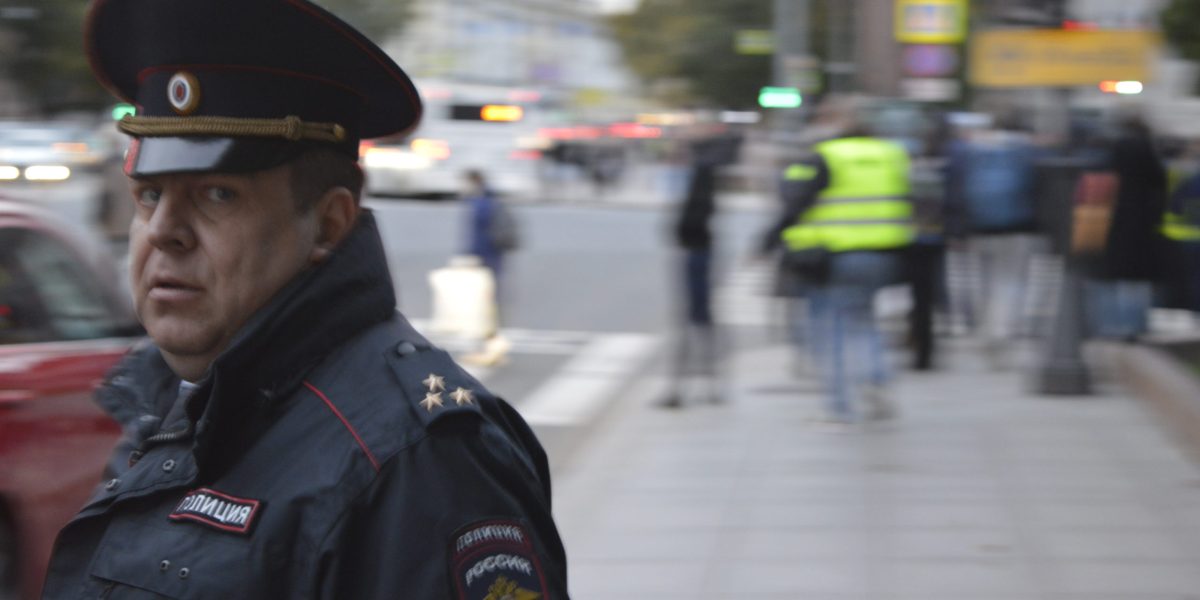Political History of Documentary Photography in Russia

Faculty:
Course Schedule:
Spring 2023 | Mon Wed 10:10 AM – 11:30 AM EST (GMT-5)
Semester: Spring 2023 | Monday, January 30 – Tuesday, May 23
Schedule: Mon Wed 10.10 – 11.30 New York
Language of Instruction: English
Course Prerequisites: English B2 / Equivalent or higher
Subject: HIS (History) | Cross-Listing(s): RES (Russian and Eurasian Studies)
Distribution Area: Historical Analysis
Max Enrollment: 20
Level: 100
Course Time Zone: Eastern Time (US/NY)
Professor’s Location: Berlin, Germany
Course Description
As soon as documentary photography appeared in Russia, it began to play an important role in the government’s colonization campaigns. It was also used by Tsarist police for card indexes which listed public transgressors and political adversaries of the state. Later, in Stalin’s era, photography was used in official political discourse for propaganda purposes. These facts support the argument of John Tagg, presented in Disciplinary Frame, that the very birth of photography in the early nineteenth century was made possible by the emergence of a disciplinary society obsessed with the idea of control. Contrariwise, they illustrate the idea of Ariella Azoulay that photographs may be able to resist appropriation and manipulation through their visual documentary quality, thereby giving us access to the core of truth. Or could it be that photography itself shapes the course of history, constructing historical events and making them visible in the public sphere? Recognizing the validity of these questions and theoretical approaches, this course will question photography’s affiliation with power and discuss various frameworks for addressing the phenomena’s complexity. While exploring photographic records documenting various aspects of political life in Russia from the second half of the nineteenth century to the present day, it will aim to rely on historical photographs and scholarly texts as a way of (re)interpreting Russian history – from the momentous events that shaped the course of Russian history over the last century and a half to the smaller political episodes and marginal societal practices. Great attention will be paid to such phenomena as the political censorship of photographs in Stalin’s Russia, their falsification, and the editing of photographs of the “enemies of the people” by friends and family members.
Registration is closed
